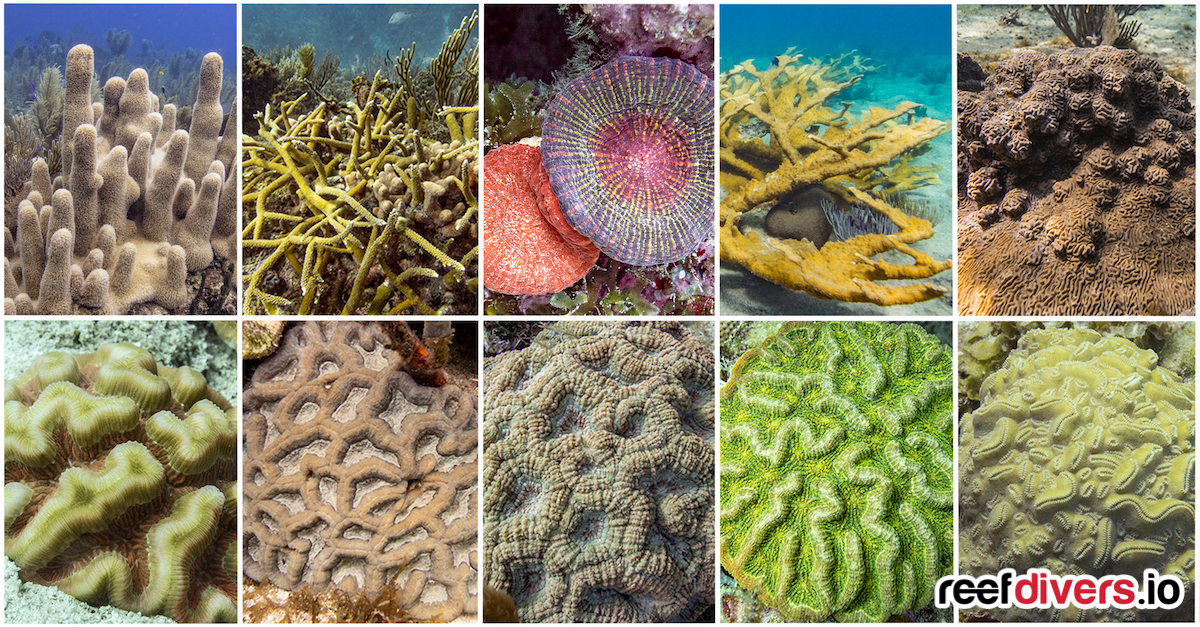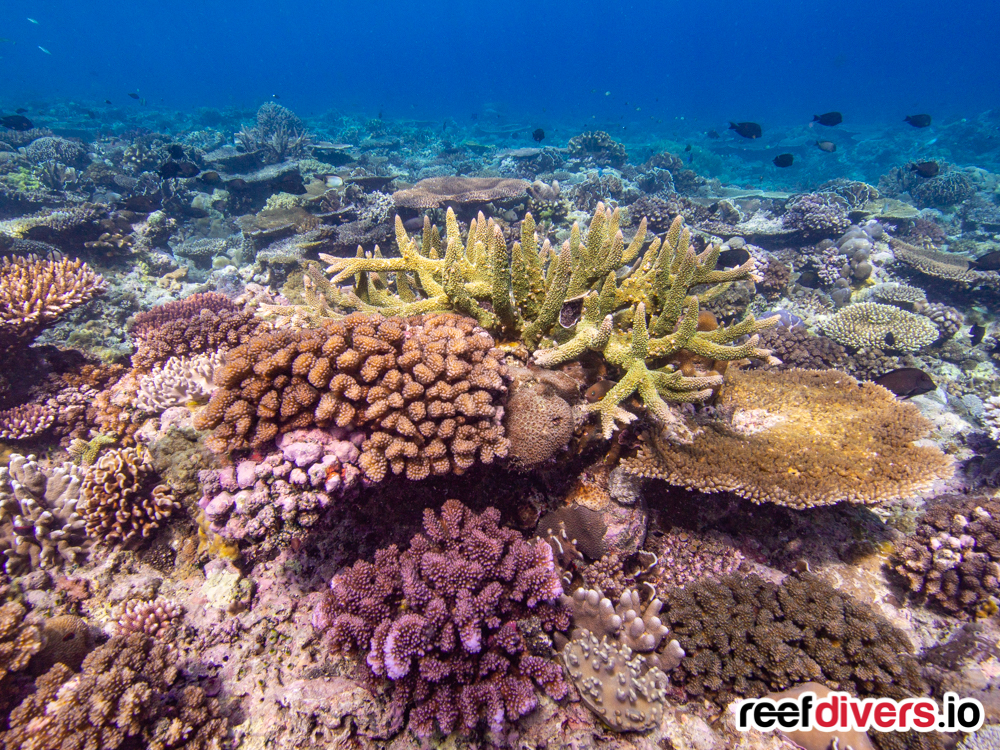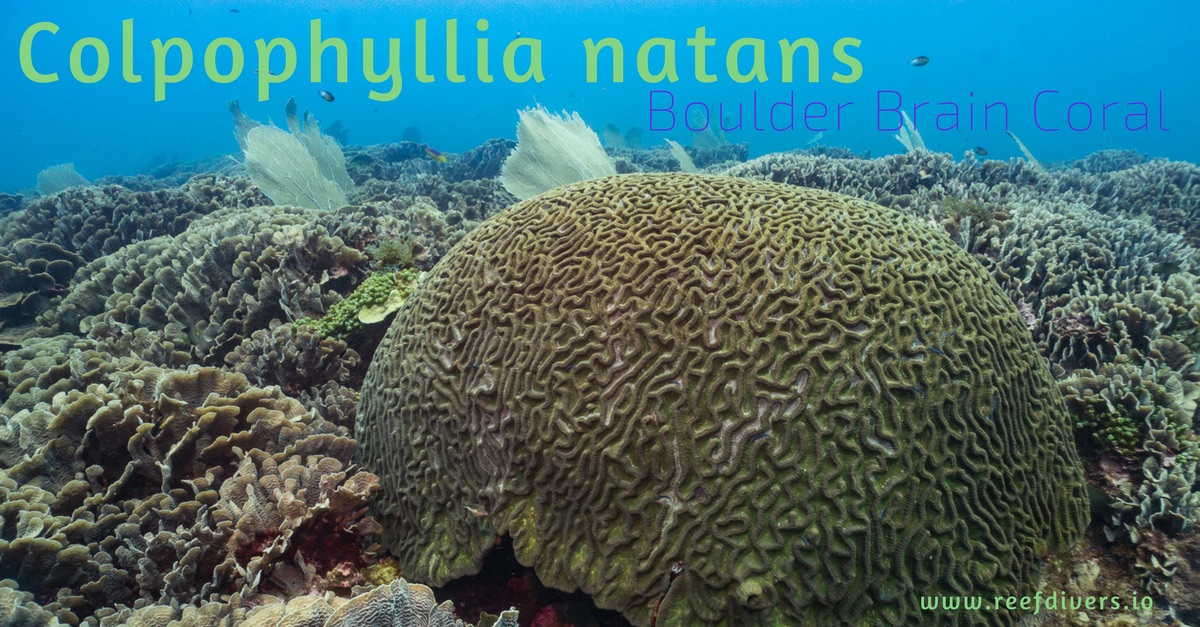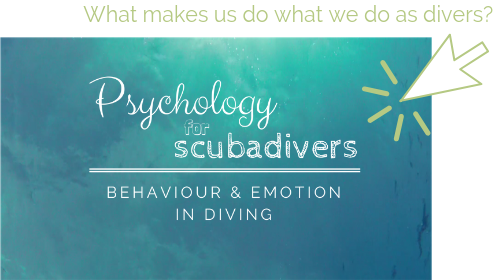By Dr. Laura Walton
Earlier this year I attended a Reefdivers talk and was introduced to the idea of “Seeing the Reef with new eyes”: As divers we see the reef all the time, without ever really seeing it! Sure, we see all the pretty corals and the colours but, for most of the time, we think of the reef as the backdrop for our dive.
So often when we look for fish, and nudibranch, and crabs and other critters, we look straight past the reef, without even considering the huge diversity of species within the corals that are right in front of us!
Don’t you think that’s strange? But all of our brains work this way!
Just think for a moment about all the information in the world around you: the colour, texture, size, quantity, names and meaning of all that you can see right now. When we tune into it all, we realise how utterly overwhelming this data can be! Yet, our brains are capable of handling it.
That’s because our visual system (the eye and the bits of the brain that are responsible for vision) is constantly processing the information that comes into our heads through light bouncing off the world and into our eyes.
This system is co-ordinated to filter, label, sort and adapt the information that comes in. Yes, that’s right “adapt”, because our brains can manipulate the data to show us what we see! It throws out information that doesn’t fit, or that we don’t want, and actively seeks out stuff we are interested in.
Our brains edit what we see!
It’s really quite clever. The image that we see (or think we see) is edited. The brain collects up the information from the outside world then runs it through its editing suite. The brain selects the parts it thinks you want to know about and blurs out the rest. This is really helpful, because it means we can focus on stuff that interests us. It’s also kind of irritating, because it can mean we miss some really interesting sights!
 Switch to manual settings
Switch to manual settings
We learn new things by making connections within the brain. We can make new connections in the brain that alter the editing program. We can do this by really connecting with what we are looking at. Be curious, get engaged and excited by thinking about what it looks like, what it does or who it is. Coral is a prime target to focus on: it stays still! So it is a lot easier to tune your brain into than a speedily swimming fish.
Coral spotting trains your brain
Active coral spotting convinces your brain this creature is worth looking for, and it starts to store the necessary data. Pair that with an identification chart, and before you know it you’ll be seeing Acropora and Colpophyllia everywhere!

As your brain tunes in, notice the construction of the coral and the complexity of each coralite. Stare at the polyps and watch them feeding! Teach your visual system to see the structure and activity of the coral, to learn their names and understand their characteristics and personalities.
So next time you are scuba diving, why not take a little time to look for a coral or two, find out what species they are and what makes them special. And then you really will be able to “see the reef with new eyes”.
If you would like to learn more about your brain and how it works underwater join the conversation on scubapsyche.
A Psychologist and Scuba Diving Instructor fascinated by the psychology of scuba diving. I help scuba divers to understand why we do what we do underwater. I share knowledge and practices that divers can use to bring awareness to our behaviour and make conscious changes to our actions.



